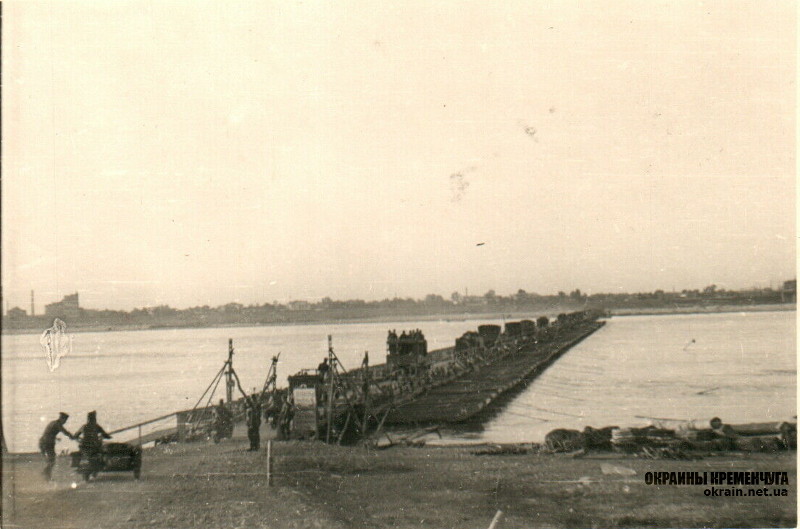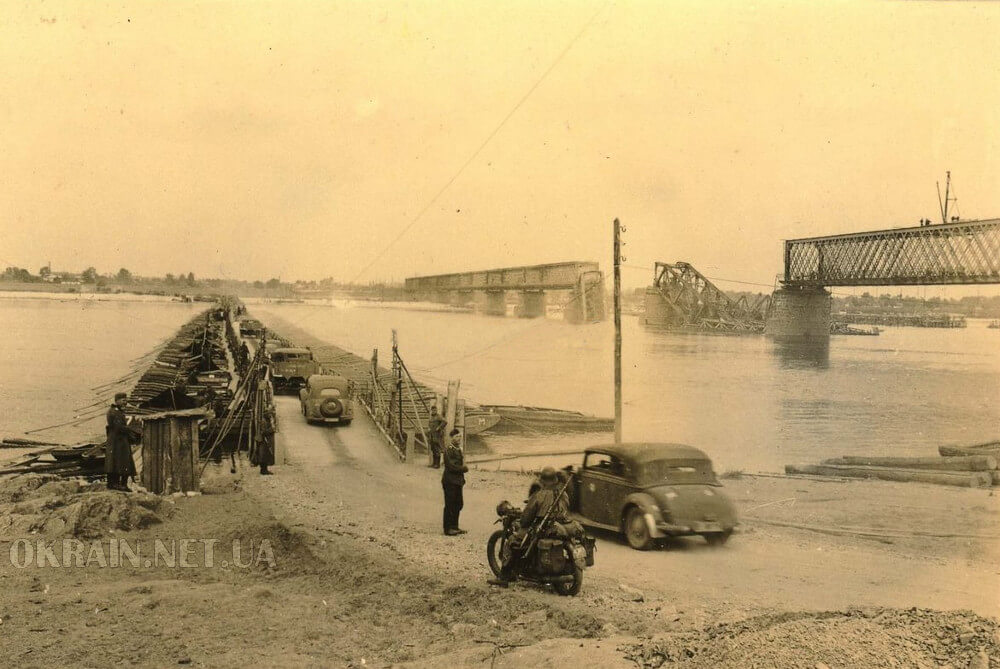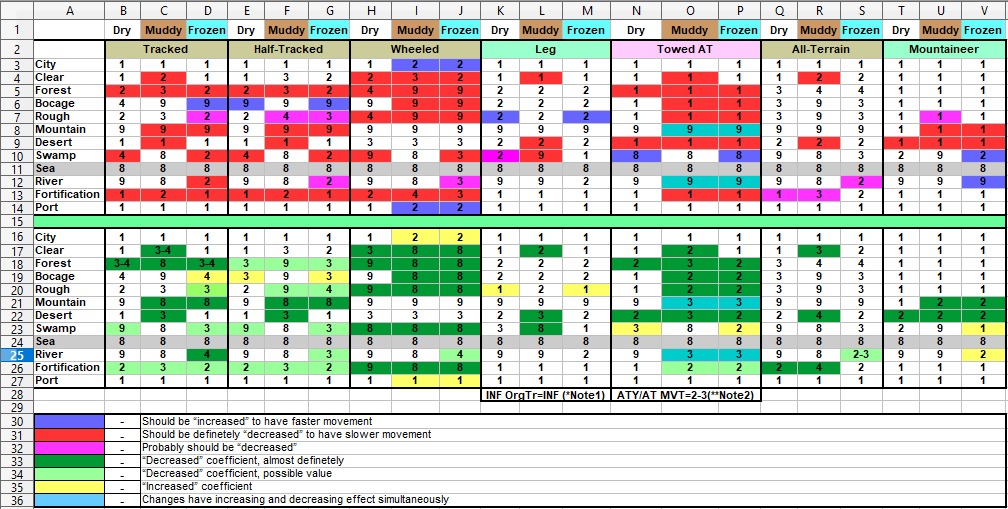Re: [DEV] Artillery: Hard Attack
Posted: 2021-05-17 21:54, Monday
Artillery
Hard Attack
In the game, the actions of the artillery turn out very well: for example, during its half of the turn, the ATY unit fired at the infantry, and during the second half of the turn it once provided indirect fire at the infantry, and twice fought the tanks that were attacking it. What remains of the ATY unit does not interest me at all in such a situation. Well, STR = 1.
The question is - what kind of shells did this unit fire?
In the game, any ATY unit takes projectiles from an unknown warehouse with unlimited capability per projectiles type. What projectiles were needed, these are the ones he takes. If there are even five tank attacks on a unit, and only two or three by infantry, the ATY unit will still hit each tank in the face with all its Hard Attack power.
That is, there are no restrictions on the types and quantities of projectiles.
But they were ...
I spent a little time and found on the Internet the composition of the daily ammunition load for the guns of the Soviet army in 1941, before the start of the war.
I will say right away - information from one forum, and not from a serious historical source. But I have no other information. I could not find such information on any other army of the belligerent countries. If someone can help and add / fix - I respectfully ask you to do it!
Basing of this information let me give you an example.
Secondly, I see that one ammunition load allowed a 76mm cannon to fire for 20 minutes a day (at the rate of 8-10 rounds per minute).
And this is probably why the Soviets retreated to Moscow! Everything was different for the Wehrmacht!
You may not be surprised by the fact that the Wehrmacht had about the same.
Now only the percentage of armor-piercing shells in ammunition is of interest.
The 76 mm gun had 5.7% of 140 armor-piercing shells (i.e. 8 rounds per set).
The 45mm anti-tank gun had 25% armor-piercing shells.
That is, an ordinary field gun, even if it was modern and could accurately and quickly shoot at tanks, had almost five times less shells in its ammunition than a specialized anti-tank gun!
And how could such a weapon protect itself from tanks during a half-turn? 5.7% - this means almost zero HA when attacking from an adjacent hex for any non-anti-tank artillery.
But there are enough high-explosive shells to fire "over hex".
I wrote:
Modern ATY - SA : HA = 4 : 1-1.5
ATY with AT capabilities - SA : HA = 4 : 2
Obsolete ATY and super-heavy ATY - HA must be exactly about zero.
Hard Attack
In the game, the actions of the artillery turn out very well: for example, during its half of the turn, the ATY unit fired at the infantry, and during the second half of the turn it once provided indirect fire at the infantry, and twice fought the tanks that were attacking it. What remains of the ATY unit does not interest me at all in such a situation. Well, STR = 1.
The question is - what kind of shells did this unit fire?
In the game, any ATY unit takes projectiles from an unknown warehouse with unlimited capability per projectiles type. What projectiles were needed, these are the ones he takes. If there are even five tank attacks on a unit, and only two or three by infantry, the ATY unit will still hit each tank in the face with all its Hard Attack power.
That is, there are no restrictions on the types and quantities of projectiles.
But they were ...
I spent a little time and found on the Internet the composition of the daily ammunition load for the guns of the Soviet army in 1941, before the start of the war.
I will say right away - information from one forum, and not from a serious historical source. But I have no other information. I could not find such information on any other army of the belligerent countries. If someone can help and add / fix - I respectfully ask you to do it!
Basing of this information let me give you an example.
First, from the final part of the order, I understood that all ratios and norms could change.Red Army ammunition norms in accordance with Order N 0182 of 05/09/41:
a) 37-mm and 45-mm AT guns - 200 pcs.;
b) 76-mm field guns - 140 pcs.;
c) 76-mm and 85-mm anti-aircraft guns - 150 pcs.;
d) 107-mm and 122-mm guns and howitzers - 80 pcs.;
e) 152-mm howitzers and howitzer-guns - 60 pcs.;
f) 203 mm howitzers - 40 pcs.;
g) 280 mm mortars and 305 mm howitzers - 30 pcs.;
h) 50 mm mortars - 120 pcs.;
i) 82 mm mortars - 90 pcs .;
j) 107-mm and 120-mm mortars - 60 pcs.;
The norms for the content of armor-piercing shells in the composition of the ammunition load of guns in accordance with this order:
a) to a 45 mm anti-tank gun - 25% of the total number of shots;
b) to the 76-mm divisional gun - 5.7%;
c) to the 76 mm tank gun - 27%;
d) to the 122 mm cannon - 5%.
The composition of the ammunition was determined from the purpose of the guns and the degree of probability of meeting the enemy's armor targets.
Usually, one ammunition daily set load was fiddled with a regiment, 0.8 ammunition load in batteries (divisions), the rest in the regiment's transport. The division was supposed to carry one more ammunition set. The number of ammunition in the army and the district was determined based on the operational situation and strategic direction.
The specific composition of ammunition in ammunition set is determined based on the likelihood of their use and the purpose of the weapon, as well as the storage conditions of ammunition in the ammunition carried with the weapon.
Secondly, I see that one ammunition load allowed a 76mm cannon to fire for 20 minutes a day (at the rate of 8-10 rounds per minute).
And this is probably why the Soviets retreated to Moscow! Everything was different for the Wehrmacht!
You may not be surprised by the fact that the Wehrmacht had about the same.
10 shells per day? Even 110 shells in one day is an hour of intensive firing of this gun! By the way, why didn't they shoot as much and as often as PGF? What are these restrictions? Consider a little later, when there will be a conversation about AMMO.The standard ammunition load for the 17 cm K i. Mrs. Laf. consisted of 110 shells. According to calculations, this should have been enough for ten days of medium-intensity battles. Practice has shown that in conditions of intense hostilities, all 110 shells could be used up in one day.
Now only the percentage of armor-piercing shells in ammunition is of interest.
The 76 mm gun had 5.7% of 140 armor-piercing shells (i.e. 8 rounds per set).
The 45mm anti-tank gun had 25% armor-piercing shells.
That is, an ordinary field gun, even if it was modern and could accurately and quickly shoot at tanks, had almost five times less shells in its ammunition than a specialized anti-tank gun!
And how could such a weapon protect itself from tanks during a half-turn? 5.7% - this means almost zero HA when attacking from an adjacent hex for any non-anti-tank artillery.
But there are enough high-explosive shells to fire "over hex".
I wrote:
Now I am thinking of changing these ratios to (approximately):In general, I want to slightly reduce the Hard Attack for artillery up to 170mm. Up to a ratio of SA : HA = 2 : 1
For some particularly successful cannons / anti-tank weapons, weaken this ratio slightly to 2 : 1.5. That is, something in between firing a high-explosive projectile at a remote distance and effective direct fire. Everything is very subjective, there is room for thought and imagination.
But for museum exhibits, the HA parameter should be absolutely minimal, approximately in the proportion SA : HA = 4 (or 5) : 1
And for super-heavy ATY with rate of Fire 1 round per 1-2 minutes HA should be about zero.
Modern ATY - SA : HA = 4 : 1-1.5
ATY with AT capabilities - SA : HA = 4 : 2
Obsolete ATY and super-heavy ATY - HA must be exactly about zero.



